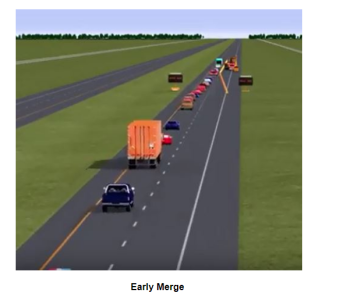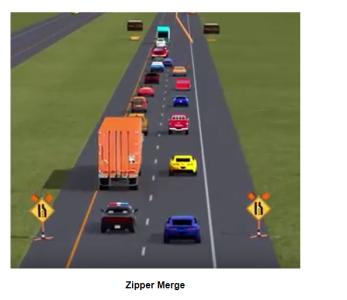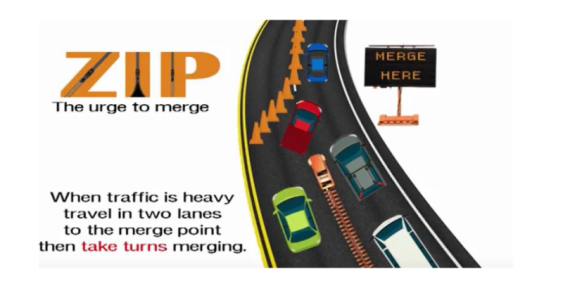amylevan
DIS Veteran
- Joined
- Aug 31, 2005
- Messages
- 2,228
Engineer here - please, for the love of god, zipper merge.
It’s how that construction taper is DESIGNED to work. The merge point is not some random location, it’s designed. The merge ahead sign 1/2 mile ahead is to inform you that you are going to merge “ahead” so that you aren’t cluelessly barreling into a lane closure at 70 mph. It does not mean you must merge now.
It has nothing to do with being polite or someone else being an a$$. To put it in Disney-speak - use all the available space!
It’s how that construction taper is DESIGNED to work. The merge point is not some random location, it’s designed. The merge ahead sign 1/2 mile ahead is to inform you that you are going to merge “ahead” so that you aren’t cluelessly barreling into a lane closure at 70 mph. It does not mean you must merge now.
It has nothing to do with being polite or someone else being an a$$. To put it in Disney-speak - use all the available space!





